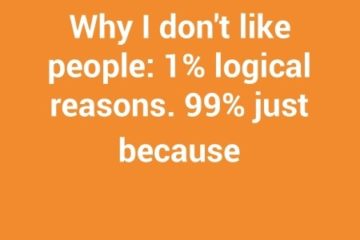It’s time to feel good again
Taking the first steps when resolving conflict will help you to feel good again. We often don’t even know why we feel bad about something or someone. If you have some ‘unfinished’ business with someone keep on reading!
How to stop ruminating and clearly separate facts from assumptions? What facts do we agree on? In many conflict situations these first steps when resolving conflict are vital in finding a solution. However, they are often overlooked.
When we are feeling bad about a situation, most people ruminate and keep thinking about it over and over, sometimes even for weeks. This is not resolving anything. In contrary, ruminating makes the situation worse and impacts on their quality of life!
Our brain on auto pilot is not always helpful
Our brain is playing us some unhelpful tricks here. Every time we are replaying an upsetting experience in our mind, we shape our perception of the situation. Often unconsciously, we are making assumptions and judgements of the situation and our story becomes increasingly negative. We’ve thought about what happened so often that our assumptions and judgements become mixed up with facts. At this stage we are convinced that we know exactly what happened, including every little detail of the bad intentions of the other person. We created our own reality and by doing so moved a fair bit away from the facts.
Two people have always two different perspectives
We all had our brain playing those tricks on us. If you’ve ever been surprised that someone had a totally different recollection of the same situation, you know what I mean.
When resolving differences and conflict, we need to stop our brain playing tricks on us. We can do this by remembering the details of what was specifically said or done by the other person and by ourselves. We only write down what was observable.
- Try to remember exactly the place, time, and who was there.
- Write down word for word (yours and theirs) as you remember them.
- Write down what else you’ve observed as if you would describe a photograph or video that you see of the situation. Refrain from making any judgements or interpretations. Instead of saying he/she was angry you want to write down what you’ve heard and seen. For example, they spoke with a raised voice or they pointed their finger.
Check what facts you can and can’t agree on
Resolving differences and conflict gets easier when we stay with the observable facts. Just to be clear, what we regard as facts might not be regarded as facts by the other person. We can still help the other person to separate their facts from their assumptions and judgements. Going through this process, both parties will be able to agree on a considerable amount of facts which is a great starting point for finding a solution.
The Resolving Differences Model(c)
The Diversity Institute developed the Resolving Difference Model(c) to help people constructively find solutions to their difference or conflict. Separating fact from fiction is part of this model.
In summary the first steps when resolving conflict are:
- We stop assuming that the other person has the same perception of what the facts are. They don’t. We need to find out what they think the facts are.
- We can train us and others to separate fact from fiction by focusing on what is observable and refrain from making assumption and judgements.
- When we strive to identify which facts we both agree and disagree on we have a great starting point for finding a solution together.
I’ve seen quite often that through this process two people were able to correct their assumptions of each other and resolved their conflict then and there.



2 Comments
Riverdale S05E01 · 01/19/2021 at 4:58 pm
Hello, I desire to subscribe for this web site to get latest updates,
thus where can i do it please assist.
Stefan Doll · 01/30/2021 at 5:28 pm
Glad you like it. Just go to the home page, scroll down to FREE Download – Self-assessment on resolving conflict and fill in your details. THANKS!
Comments are closed.